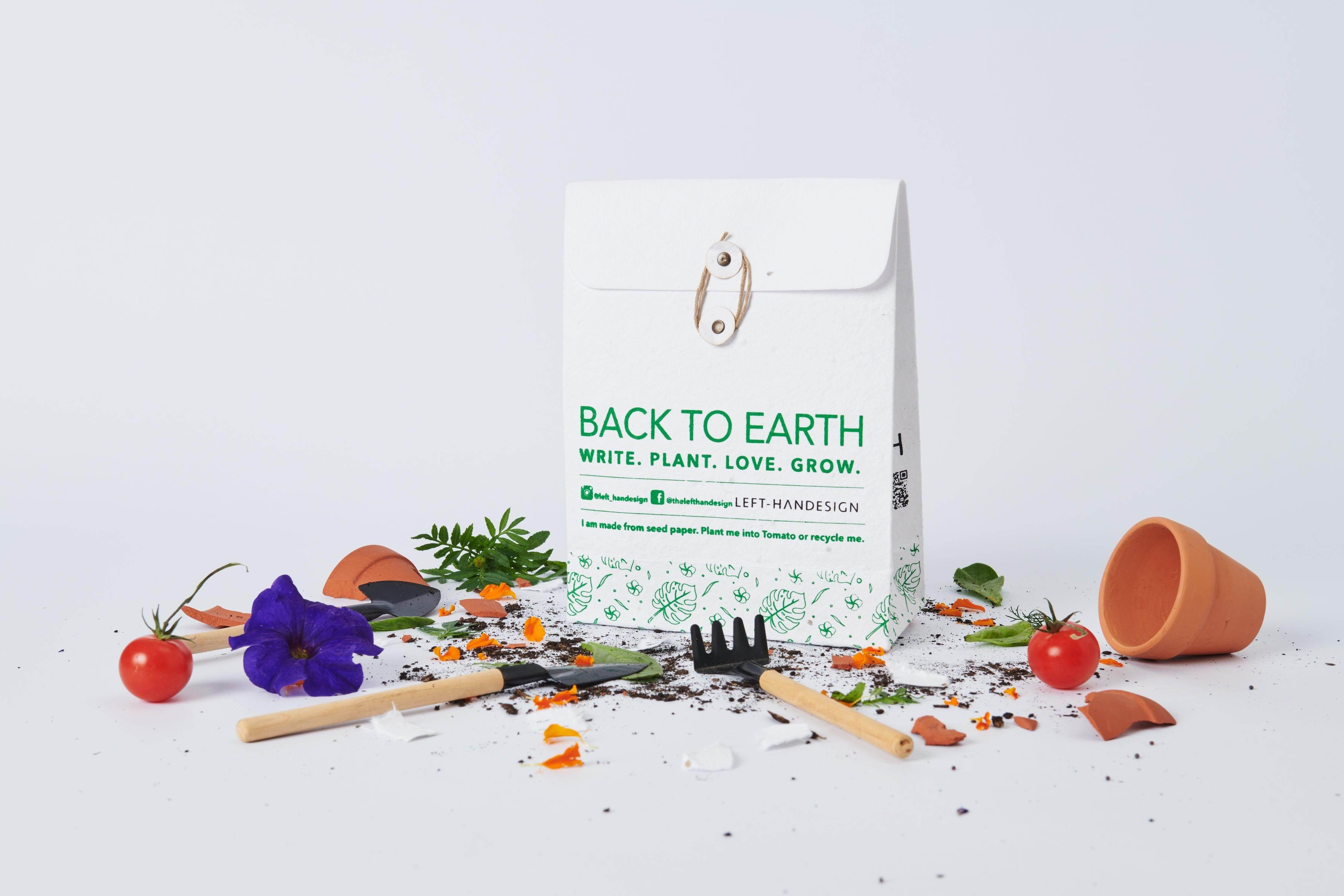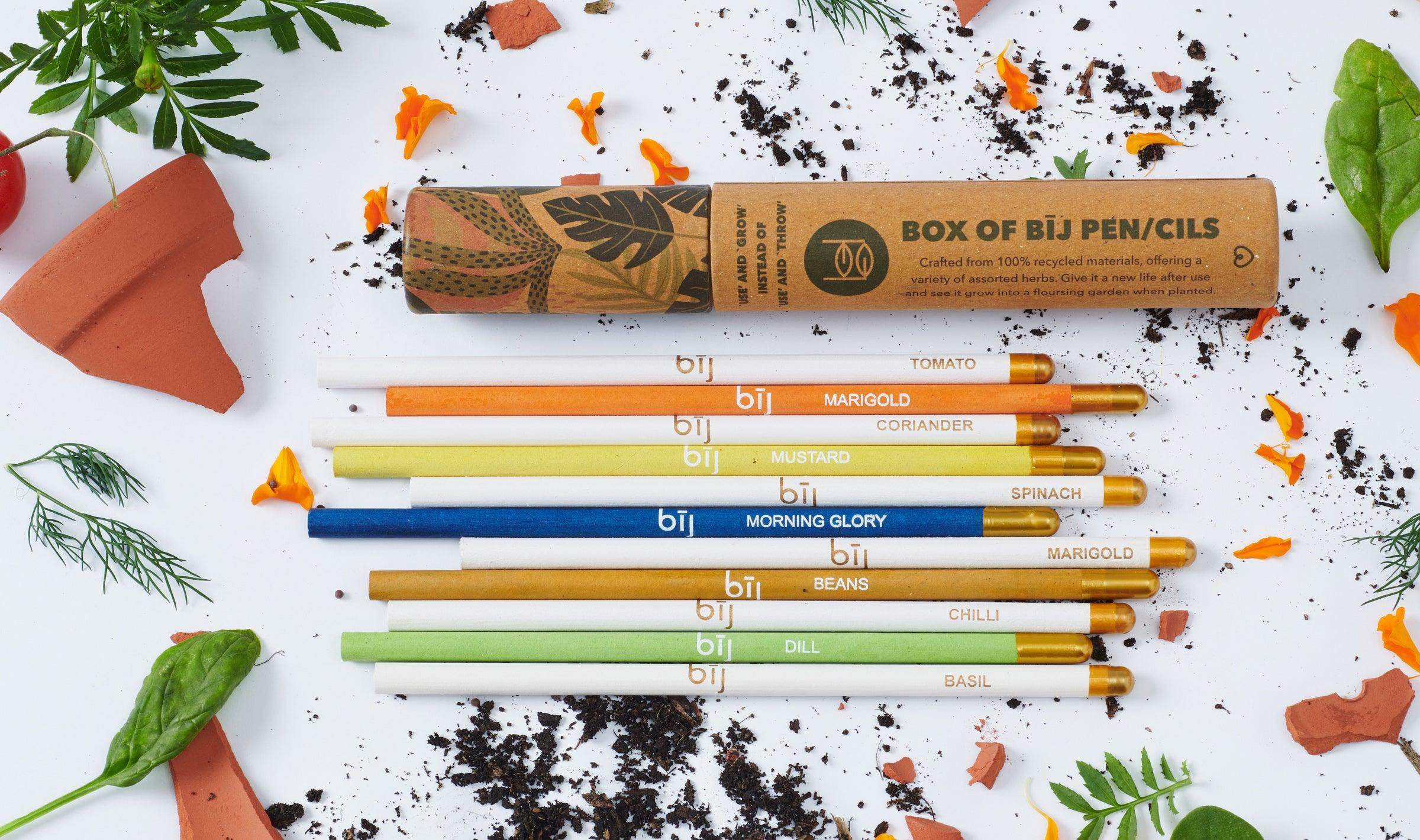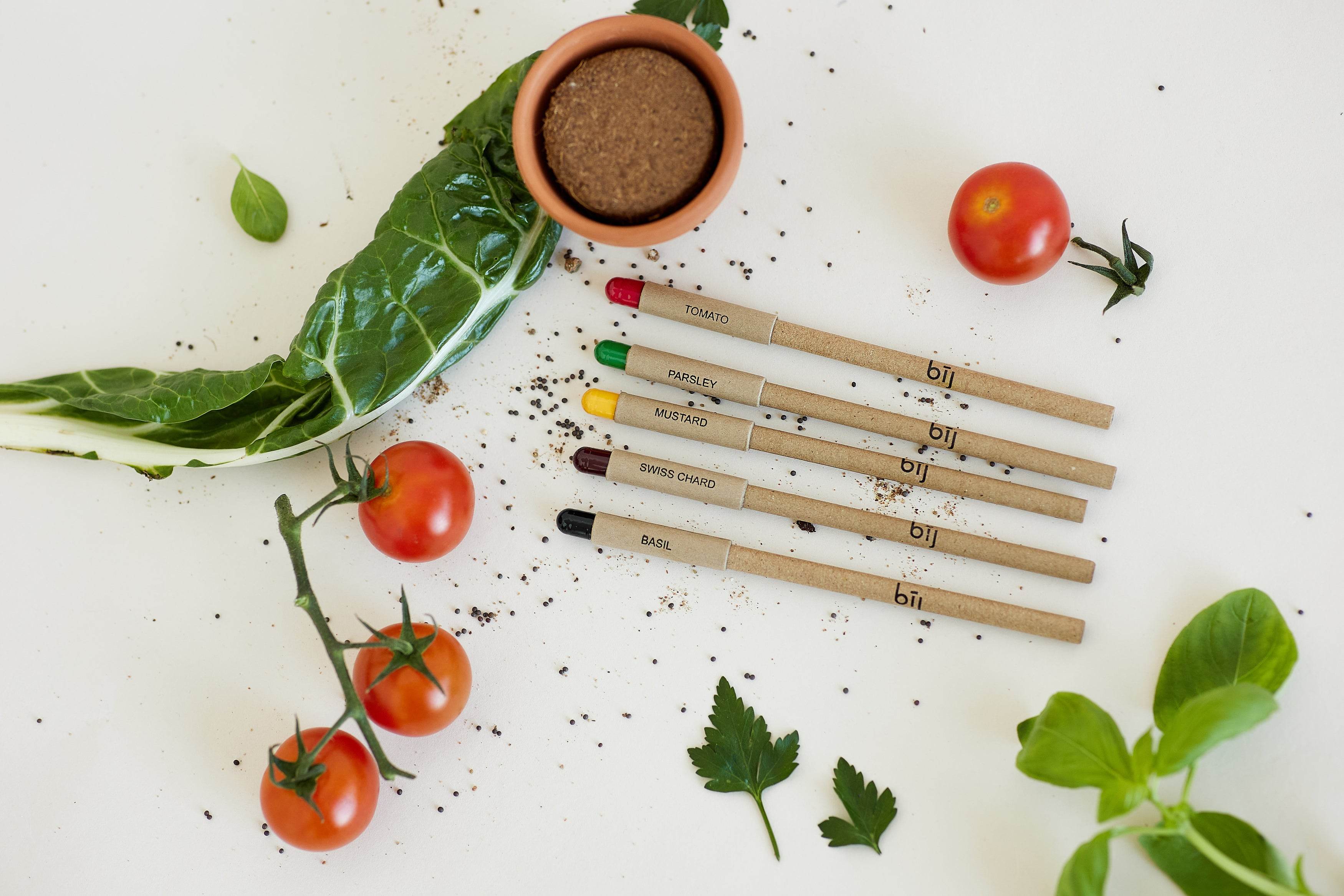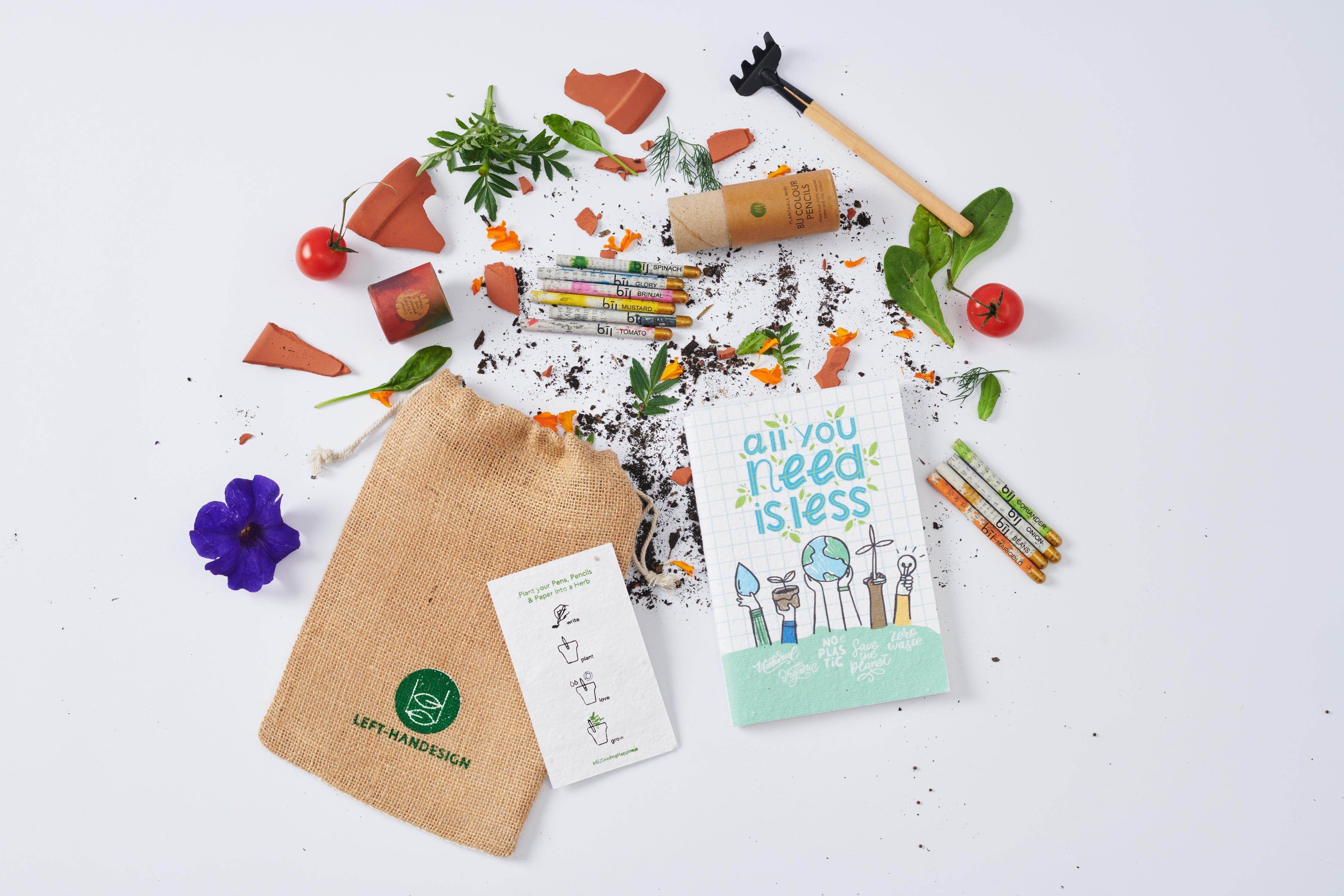How to make this festive season climate-friendly!
It’s almost the holidays!! 🎄❄️🎁 And while you prepare to close off the year, relax with friends and family, and celebrate in style, you shouldn’t forget about maintaining your sustainable lifestyle. After all, the Earth continues to be our one and only home! So we put together a list of actions you can take that will make your holiday more green and mindful!
- Offset Your Air Travel

After a long period of limited travel, which along with other covid measures ended up reducing global carbon emissions by 7%(!!), people are back at it with a vengeance. While limited air travel is best for the environment, we can’t all be Greta Thunbergs and only travel by boat. So, the next best thing is to try and reduce your air travel footprint.
If you or your loved ones are travelling this holiday season, try to reduce air travel whenever possible, and consider offsetting the fossil fuel pollution generated by your trip, no matter how you travel. First, you should look at flying like a NERD. No, that’s not an insult but an acronym to help you reduce your carbon emissions while flying.
N stands for Newer aircrafts. If you have the option, select planes such as A320neo or Boeing 787-8 which have 15% less fuel burn than older designs. E refers to Economy seats. Whether or not you have the money, opt for economy seats as there are more seats and fewer unfilled seats which means lower fuel burn per passenger. And no matter what, please don’t fly private. R is for regular, medium-sized jets as they are more fuel efficient. Regional jets and very large aircraft with four engines aren’t the greatest. And finally, fly Direct (for D). Layovers can increase fuel burn due to increasing fly time and roundabout routes.

If you are doing all of this but are still concerned about your flying footprint, you can invest in a carbon offset project! There are a number of really cool companies offering which are working to restore the balance and create a greener world. Terrapass, for example, allows you to calculate your flight travel, by specific flights, estimated miles travelled or gallons of fuel used/ Then you can either buy offsets with a one-off payment (e.g. US$10 dollars for an SG to HK roundtrip) or buy one of their recurring products. They support projects such as Forestry, Renewable energy, Abandoned coal mine methane capture and Landfill gas capture across the US, South America and Africa.
Sustainabletravel.org is another great resource for calculating and offsetting your carbon footprint. The projects they support, which are across the Americas, Pacific and Africa, are carefully vetted to ensure that we only support high-quality projects that truly reduce CO2 emissions and deliver meaningful impacts. For example, they are working with Cambodian farmers to replace their open-fire cooking methods with installing dome biogas digesters, which have lasting impacts both on the environment and the community.
Most airlines are also working towards providing services that help offset their carbon footprint. You can deep dive into the projects of different carriers here.
- Shop sustainable gifts

One of the most wholesome (and exciting!) parts of the holiday is the gifting! From tots to grandparents, everyone loves getting presents from their loved ones. But with the push towards overconsumption, statistics show that people are spending tons on unwanted gifts. In the US they spent $15.2 billion in 2019, and 4% of them ended up in the trash!! Moreover, it was found that Between Thanksgiving and New Year’s, household waste usually increases by about 25% and equates to about 1,000 extra pounds of trash!!!
So it's time to start rethinking gifts, and here are some of our options that can help you be more environmentally conscious for Christmas! One of the easiest options is to gift an experience instead of a tangible item. Get your kids Disneyland tickets, your mommy-friends a spa voucher or your father a day at the golf course. The best part about experiential gifts? You get to be a part of them too! Even something as simple as a gifted meal shared between friends can be far more memorable than the random mug you picked up for them. It is not about the item but rather the connection. As they say, it's the thought that counts!

Another great option is to DIY your own gifts. If you’re crafty, or your kids are, all you need to do is make something for your loved ones! Hand-knitted scarves, decorated reused Christmas baubles or homemade candles are just some ideas. But go wild - have a friend that loves alcohol, infuse your own vodka! Your mum enjoys making the home cosy, make your own potpourri! Want to create something memorable, personalize a t-shirt with tye-dye or patches! The ideas truly are endless.
Last but not least, you can buy from a growing number of eco-friendly and local stores. One way to ensure that your giftee will like and use the gift is to send them a voucher or a gift card from your favourite eco-friendly store. It might seem boring but it makes sure there are no returns! You can also symbolically adopt an animal through organizations such as WWF. It also comes with a little stuff toy, so the little ones in your life will absolutely love it. We personally love our Back to Earth gift set, which includes a pen, pencil, notebook and a coco pot and coco peat, all for under SG$ 35! If you’re looking for something smaller, the BĪJ NOTEBOOKS are great gifts - not only are they super useful, but once you are done, you can plant them! You have the options of tomato, daisy, wildflower, chili or basil, something we’re sure anyone would appreciate.


Another important part of gifting that is often overlooked is wrapping paper. Not only is it not recyclable, as they have shiny coatings, foils and colours, but it is also often made in Asia and then shipped around the world. It is estimated that 227,000 miles worth of wrapping paper gets thrown away during the holidays - and that's just in the UK! So, stop using wrapping paper, and instead, you can use newspapers, old wrapping paper, maps, scarfs/cloth, left-handesign gift bags or gift wraps.
- Greenify decorations

The holidays are incomplete without the decorations. The lights, trees and other titbits can truly make the room cosy and festive. But there are so many bits and bobs that are contributing to waste and energy consumption. We round up some of the top tips to make sure your decorations aren’t contributing to climate change.
First, let's talk about the lights. It’s time to switch to LED stringed lights, as they use only around four watts per strand compared to a regular strand using about 34 watts. You could also look into solar-powered lights to further reduce your energy consumption.
If you and your family celebrate with a Christmas Tree, you can opt to rent one instead of buying! If you prefer to buy, try to find one grown as locally as possible. Even if you live in Singapore, try not to buy ones that are sent from Canada for example. After you are done, be sure to recycle the tree properly.
To decorate, start by bringing the outside in. Use leaves, flowers, and branches to create your decor. Be inspired by mother nature and use these biodegradable items to create wreathes or decor. We particularly love the idea of upcycling both existing products and things you find outside. Make a wintry bouquet by collecting some branches, spray painting them white, silver and gold and arranging them in a vase. Another idea is to paint or paper mache old ornaments to give them a new life. If you are extra creative, you can find ways to use old clothes and garments to create decor, saris are particularly great!

Moreover, some of the best decor pieces and ornaments are the ones that are handed down through the family, generation after generation. So be sure to keep those special heirlooms to share with your kids, and their kids - not only is it memorable, but it's also sustainable. If you do happen to buy decorations that you’d like to get rid of, don’t just throw them in the bin! You can find ways to recycle or donate to shelters.

If you are hosting a holiday celebration, chances are, you’ll be cooking up a storm. And if you’re anything like us, there's always a ton of leftovers. It might feel easy to say that it's just one meal or that it's hard to make traditional meals sustainable but we have a few tips that can help you out. It doesn't have to be about making sacrifices!
The easiest and most impactful swap is to use vegetarian or plant-based options instead of meats. This doesn’t mean you have to swap the turkey for only tofu and vegetables, there are some really great plant-based alternatives. Or, if there are carnivores that are going to be upset without their meat, you can just add more vegetarian options too. Instead of two or three meat dishes, choose to substitute one with a veggie option. For example, make veggie fried rice instead of one that has shrimp or swap your chicken curry with an eggplant masala.
Another way to greatly impact your carbon footprint is to shop locally! We are lucky to have wet markets in Singapore that bring fresh, healthy groceries almost to our doorsteps. If you’re looking for more gourmet options, you can also check out the farmer's markets.

Also essential in this process is to reduce food waste. This starts with making just a little bit less. If you have 8 people for dinner, try adjusting the recipe for six instead. More likely than not, it’ll be more than enough for your party. You can also plan the meal strategically to incorporate recipes that will use multiple parts of an ingredient. For example, make carrot top pesto with the leftovers if you’re using carrots. Also, save scraps and freeze them to make broth at a later stage. And finally, compost! Instead of throwing excess food out, try to separate and compost as much as possible. You can start your own at-home composting journey with one of these products!
















Leave a comment
All comments are moderated before being published.
This site is protected by hCaptcha and the hCaptcha Privacy Policy and Terms of Service apply.